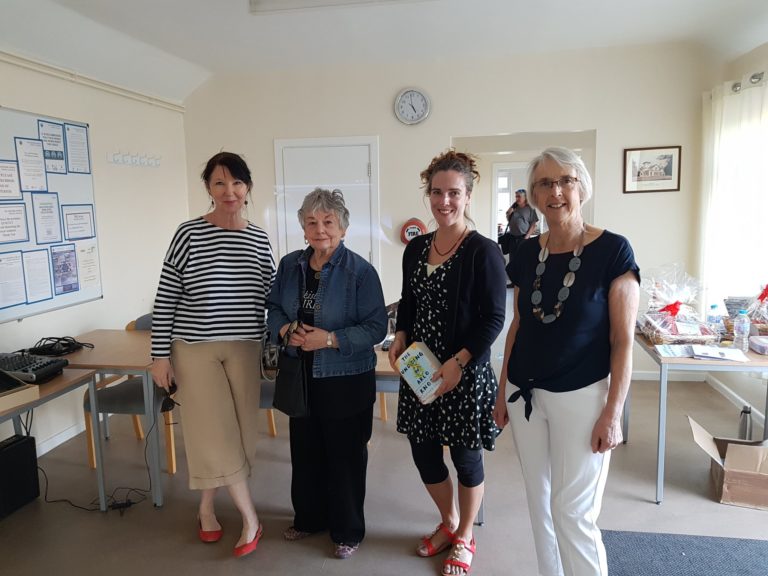Short Stories 2 – guidelines for writers
Nina continues her exploration of the short story craft.
 In my last blog, I looked at how the short story works today and wondered at its level of popularity. I do sometimes worry that the only people who read the short story are people write, or want to write short stories. Even worse, some people start writing short stories only as a practice run for writing a novel. But the short story is a form of literature in its own right, able to strike directly into the heart and mind without preamble. The compulsion to tell stories is a very powerful and ancient one which continues to have a place in our modern culture. Commuters on the New York subway still read the latest short fiction, as they did a hundred years ago, proving just how strong a means of expression it is.
In my last blog, I looked at how the short story works today and wondered at its level of popularity. I do sometimes worry that the only people who read the short story are people write, or want to write short stories. Even worse, some people start writing short stories only as a practice run for writing a novel. But the short story is a form of literature in its own right, able to strike directly into the heart and mind without preamble. The compulsion to tell stories is a very powerful and ancient one which continues to have a place in our modern culture. Commuters on the New York subway still read the latest short fiction, as they did a hundred years ago, proving just how strong a means of expression it is.
There’s nothing wrong with getting on and putting pen to paper if you have a story in your head, but at some point, it makes sense to define what a short story is. Of course it should entertain, engage, provoke empathy and possibly inform or even inspire, but that doesn’t set it apart from other forms of creative writing – a play, for instance. And the modern short story as it’s been developed since the beginning of the 19th century is also very different to the stories we tell over a dinner table, or the retelling of a legend, for instance.
Short stories can demonstrate how diverse, joyful, outrageous comic, sad, illogical, cruel, and mysterious the human experience is – it should be a snapshot; a moment of illumination – enclosed in a capsule, entire to itself, drawing its being from a single point of emotion or wonder. Or, to quote Isobelle Carmody, ‘a microcosm and a magnification’.
One thing that I really love about writing short stories is that there are not many fixed rules. You have carte blanche to create something original every time. If you read through the Unchained Anthology, you’ll see that diversity proved with every new story.
Of course there are guidelines. The main ones are;
- use a small cast of characters
- keep the timeline as short as possible
- have, a single theme
- resolve your story satisfactorily
- every word has to count
Having sorted out a single theme, never wander away from the central point, as, for instance an anecdote might do. A short story is never an anecdote (which is an account of a probably true, often humorous, possibly exaggerated incident), while a modern short story has a narrative arc which builds tension throughout or towards the end and finishes with a resolution. The narrative must demonstrate a coherent progression towards the satisfying conclusion which, by definition, is never far away.
Even so, many a fine short story has successfully handled a bevy of characters, an extended timeline, or an ending that lacks closure. It might even appear, at first glance, to be a collection of vivid but disjointed impressions. But the story still has to be rigorous in its construction – it must be a whole.
The Oxford Dictionary of Literary Terms describes the short story thus, ‘A short story will normally concentrate on a single event with only one or two characters more economically than a novel’s sustained exploration of social background.’ This isn’t just a good definition, it’s great advice: concentrate on a single event with only one or two characters. Doing this, at least to begin with, will prevent you from falling into many of the concealed pits that have been dug across the short story writer’s path.
More short story advice from Nina next week!
 Nina’s second novel in the Shaman Mystery series is due out later this year. Check out her previous books in our bookshop.
Nina’s second novel in the Shaman Mystery series is due out later this year. Check out her previous books in our bookshop.





